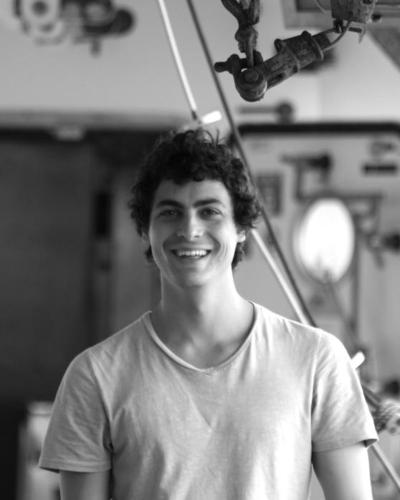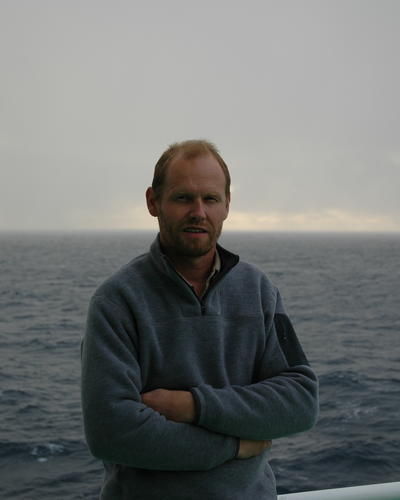NorEMSO
The NorEMSO project aims to monitor ocean circulation, water mass evolution and impacts of hydrothermal activity in the Nordic Seas
Main content
Funded by the Norwegian Research Council through the Infrastructure program (2020-2025).
The NorEMSO project aims to monitor ocean circulation, water mass evolution and impacts of hydrothermal activity in the Nordic Seas.
NorEMSO is a large-scale ocean observation facility to be established in the Norwegian-Greenland Sea. The facility will be part of the Marine European Research Infrastructure Consortium (ERIC) and European Multidisciplinary Seafloor and water-column Observatory (EMSO) network, which consists of ocean observatories at several locations in the Mediterranean and Atlantic Oceans, as well as the Black Sea. NorEMSO will be the first facility in the Nordic Seas.
The main objective of the NorEMSO project is to elucidate the drivers for water mass transformations, ocean circulation, acidification, metal transport and thermo-chemical exchanges at the seafloor in the Nordic Seas through collection of high quality, near real-time data that aid the improvement of models and forecasting. The observatory will consist of three complementary components: Ocean gliders will traverse the upper layers of the Norwegian-Greenland Sea at several latitudes and collect data on the composition and movement of water masses, moored observatories will allow reconstructions of the evolution of water masses with depth in the ocean, and a stationary seafloor observation platform will provide information about the temporal environmental variability of a hydrothermally active area. Staff at the K.G. Jebsen Centre is coordinating the establishment of the stationary platform at the Arctic Mid-Ocean Ridge.
The EMSO-Mohn stationary observatory will be located in close proximity to the Fåvne hydrothermal vent field on the Mohn Ridge. Hydrothermal systems are major carriers of heat and trace metals from the Earth’s sub-surface to the ocean. To date, the transport rates of elements and compounds from the seabed through the water column are poorly constrained. The purpose of the EMSO-Mohn observatory is thus primarily to help quantifying the thermo-chemical output of the solid Earth to overlying ocean layers.
The observatory will be wireless and is set to serve a multidisciplinary purpose, compiling data that provide information on geophysics and physical oceanography, as well as chemistry, ecology and microbiology. In order to be able to gather a wide spectrum of data, the platform will be equipped with several highly specialized sensors, including Acoustic Doppler Current Profilers, pressure gauges, temperature probes, conductivity sensors, turbidity meters, optodes, and a hydrophone. The observatory will furthermore hold a data processing unit for onsite data reduction.
The NorEMSO project involves partners from the University of Bergen, the Institute for Marine Research, the Norwegian Research Centre, the University of Tromsø, the Norwegian Polar Institute and the Norwegian Meteorological Institute.
Connected persons:
Thibaut Barreyre
Rolf Birger Pedersen

